Physical Science Worksheets for Ages 3-6
50 filtered results
-
From - To
Discover our engaging Physical Science Worksheets designed specifically for children ages 3-6! These fun and interactive resources help young learners explore foundational concepts in physics and chemistry through colorful illustrations and simple activities. Each worksheet promotes curiosity and encourages children to ask questions about the world around them. Topics include concepts like matter, force, motion, and simple experiments, making science accessible and enjoyable. These worksheets are perfect for parents and educators looking to enrich early learning experiences and foster a love for science in young minds. Explore the wonders of physical science and watch children develop essential critical thinking skills!
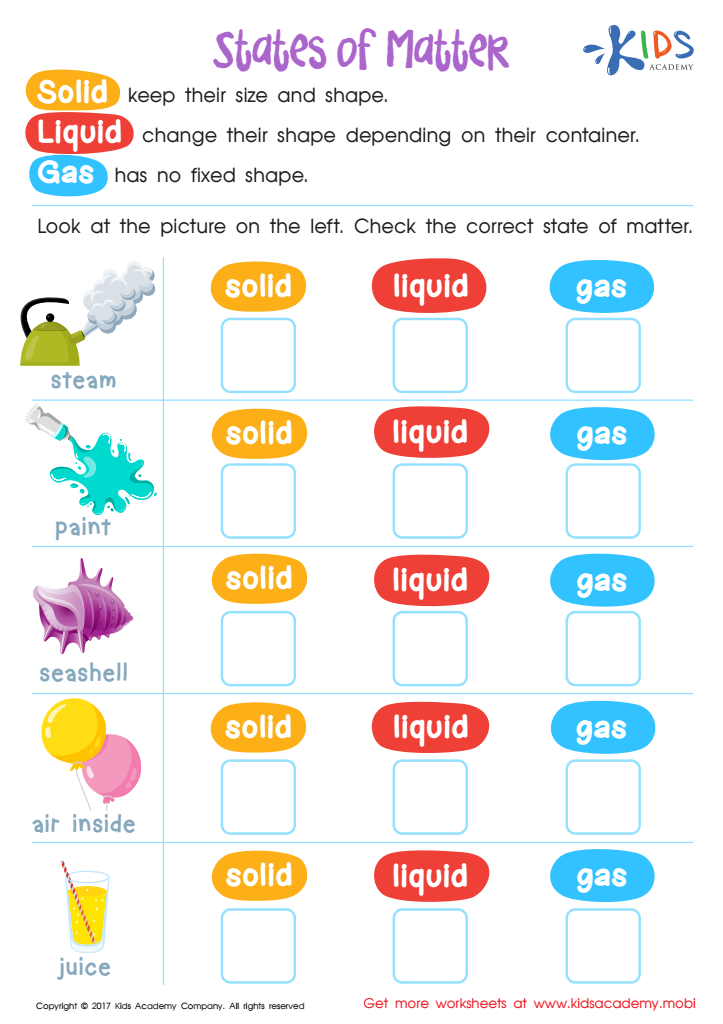

Physical Science: States of Matter Worksheet
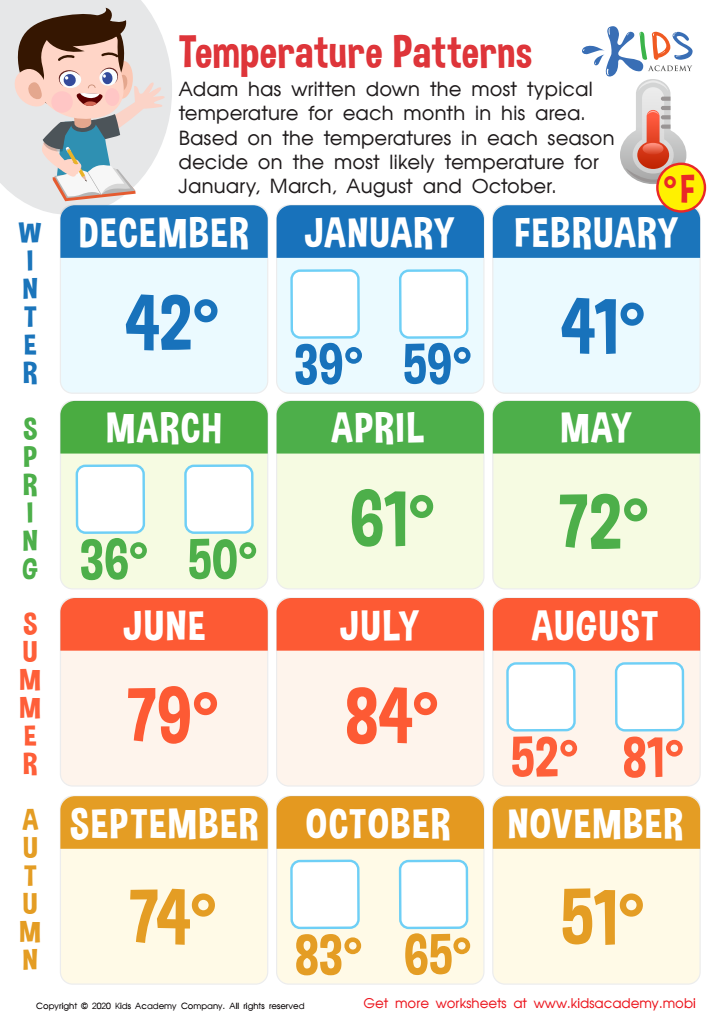

Temperature Patterns Worksheet
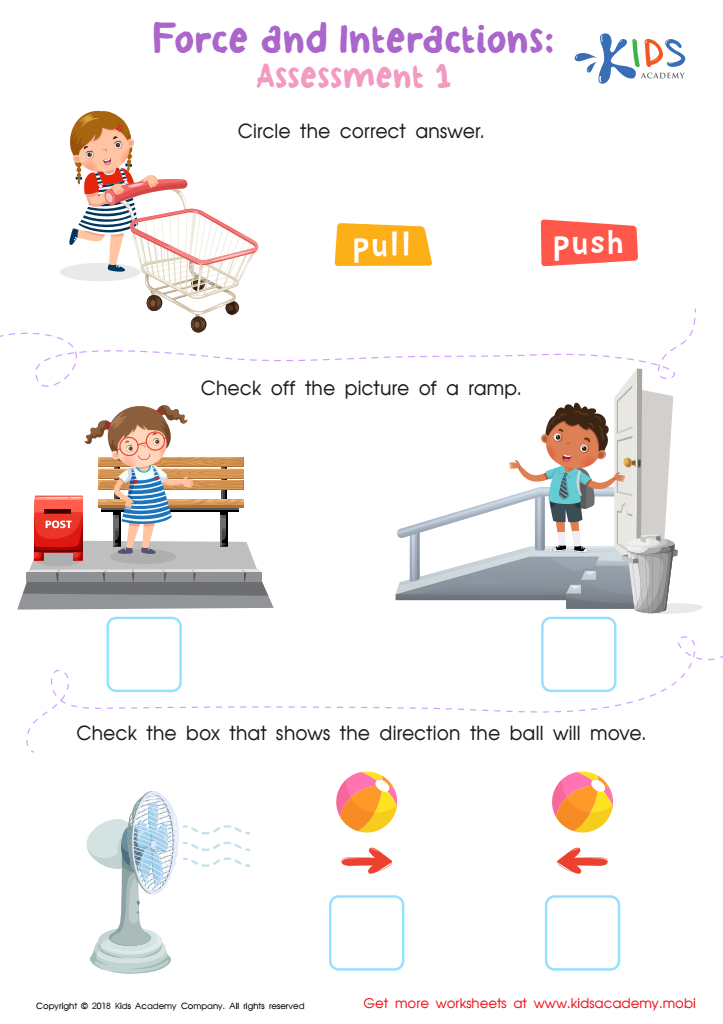

Force and Interactions: Assessment 1 Worksheet


Safety Sounds Worksheet
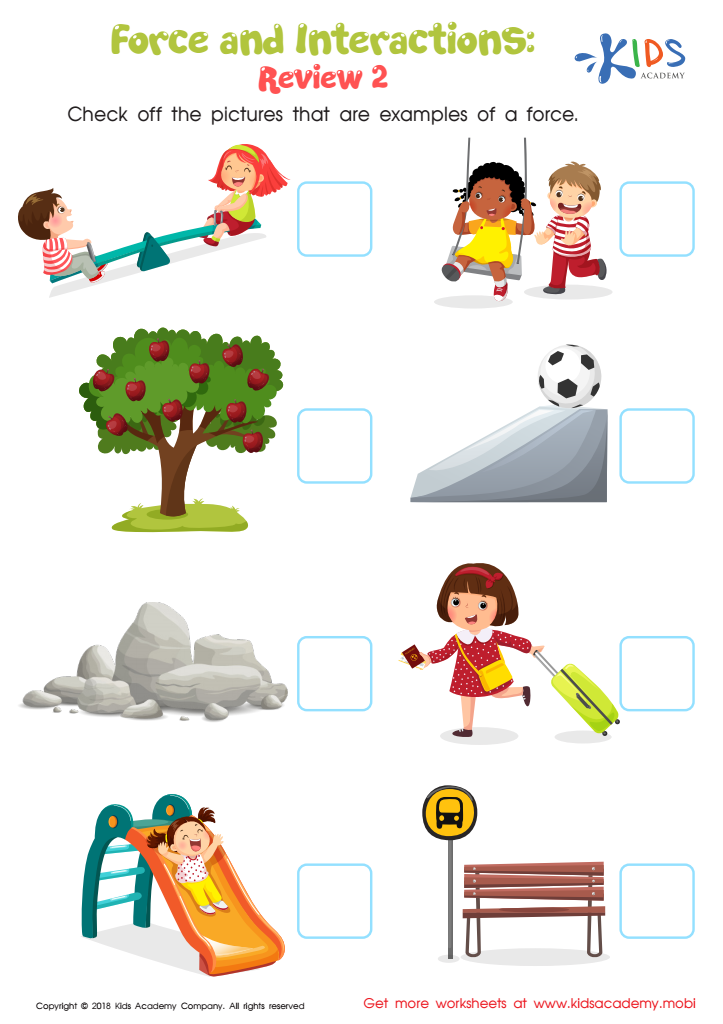

Force and Interactions: Review 2 Worksheet
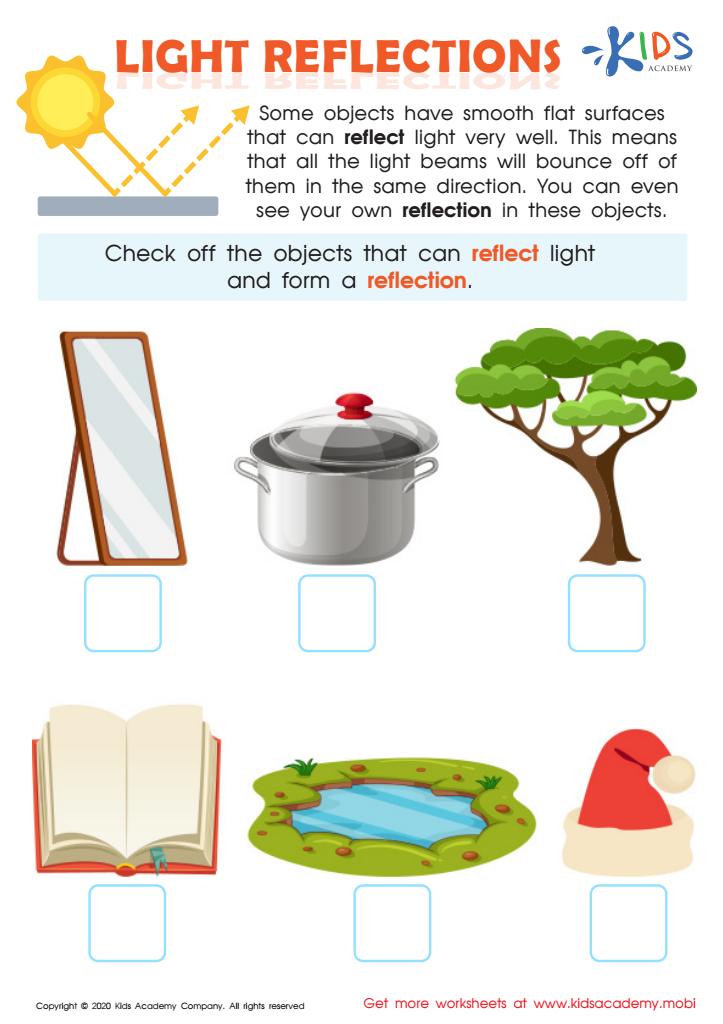

Light Reflections Worksheet
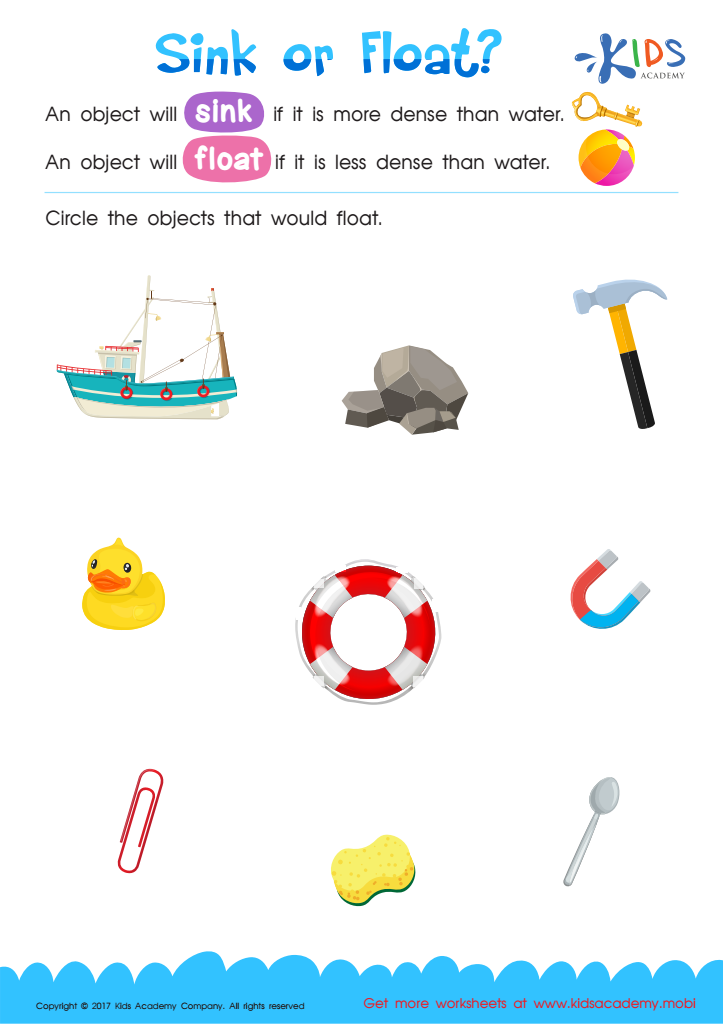

Sink or Float Printable


Going up or Down? Worksheet
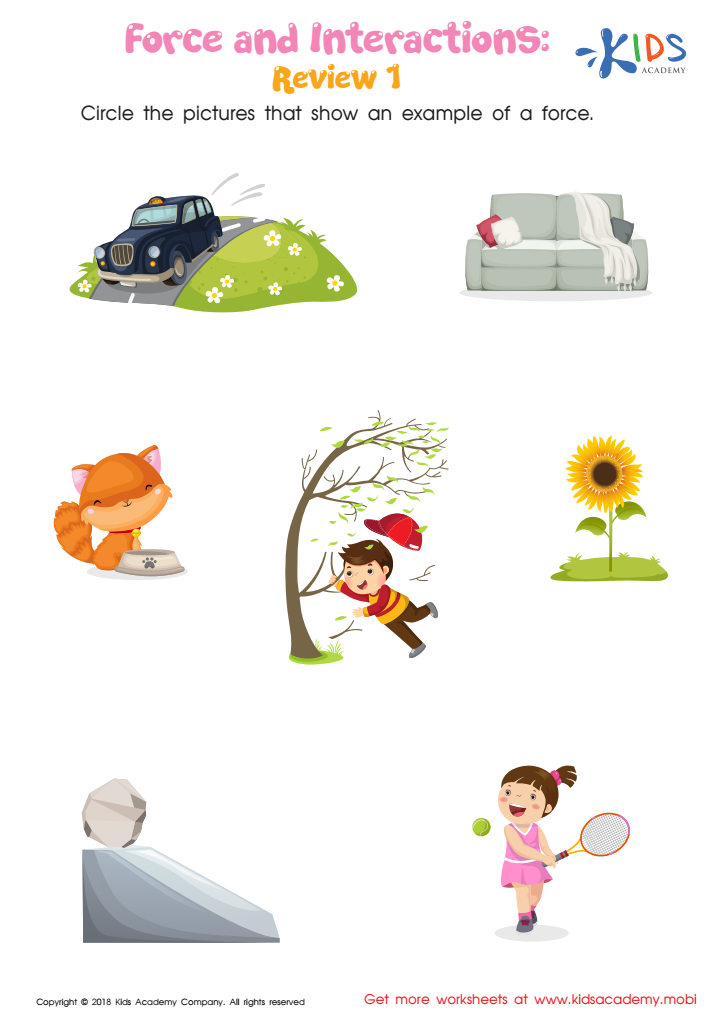

Force and Interactions: Review 1 Worksheet
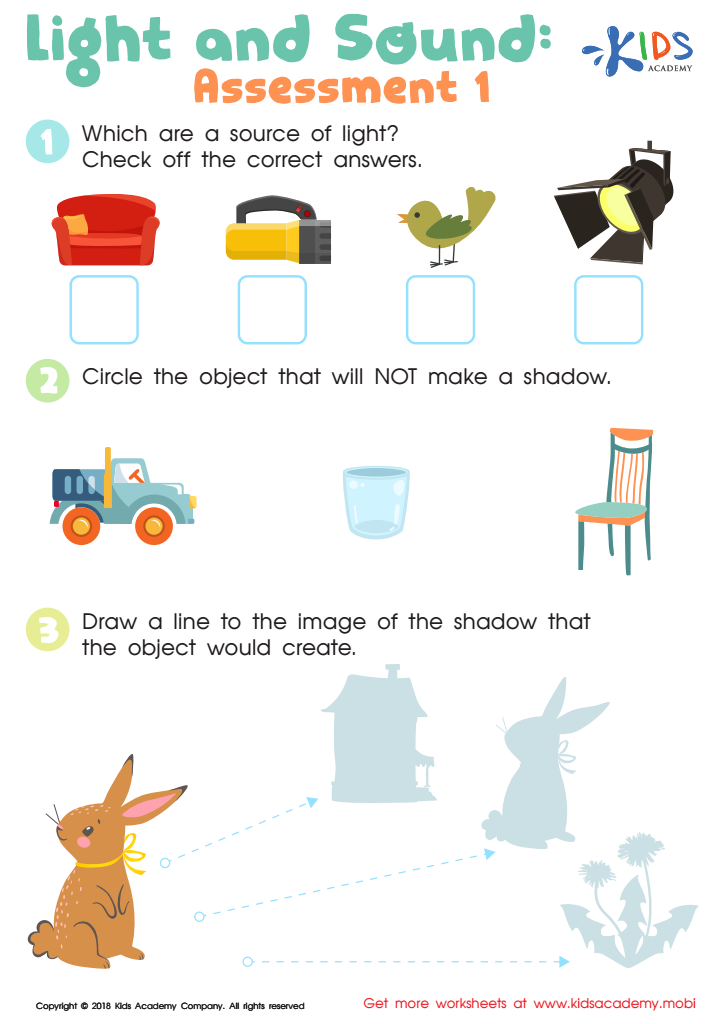

Light and Sound: Assessment 1 Worksheet


Which Is Brighter? Worksheet
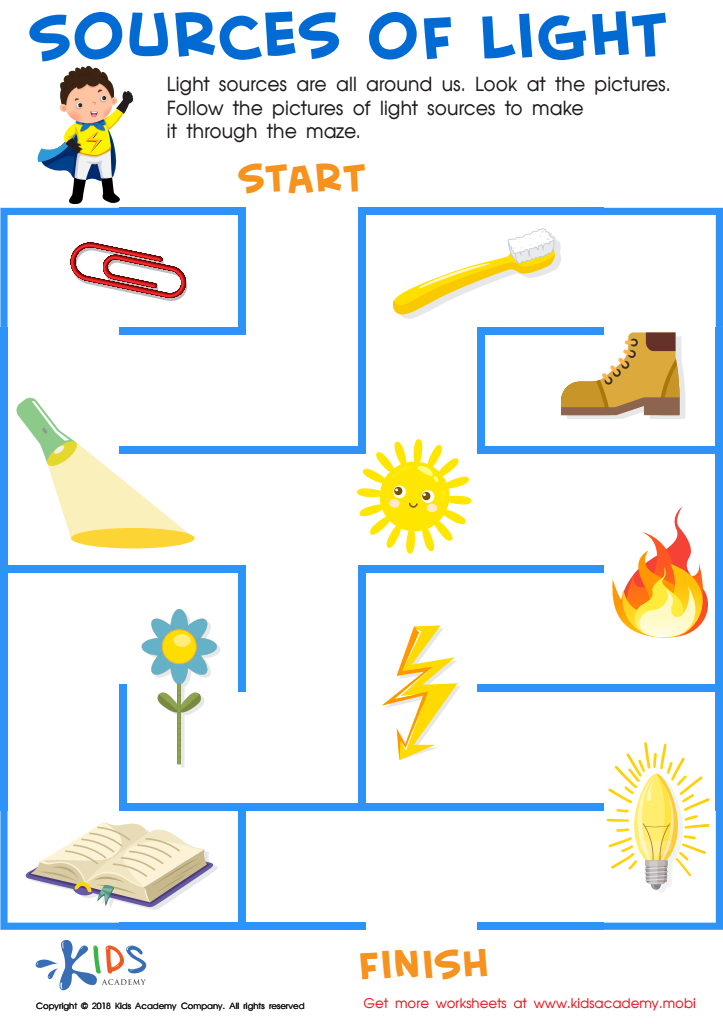

Sources of Light Worksheet
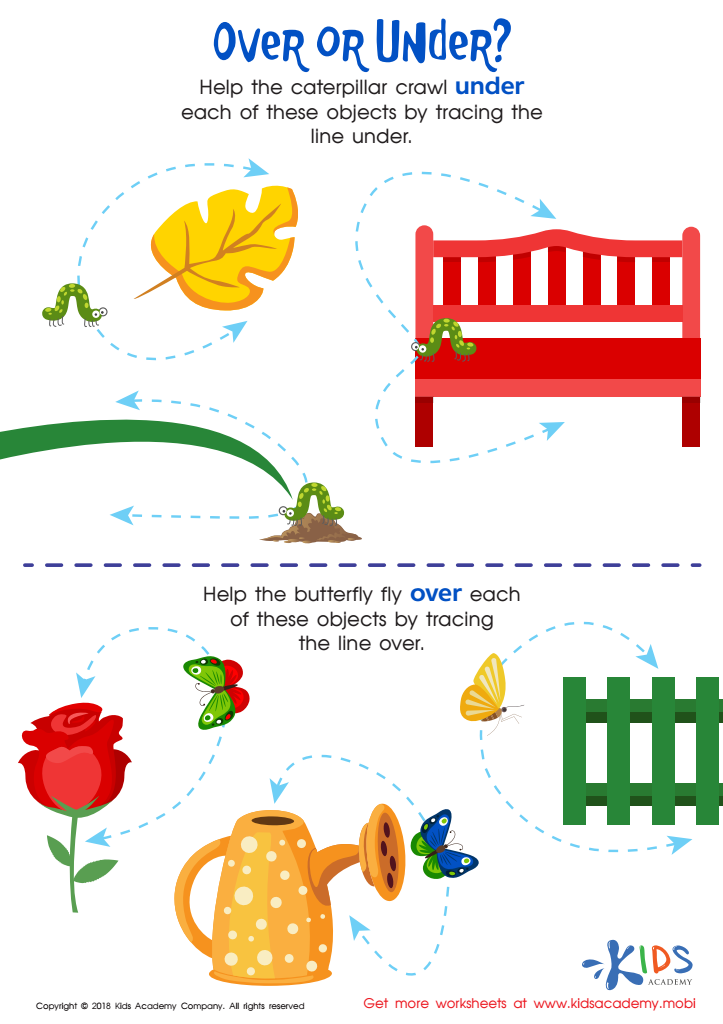

Over or Under? Worksheet


Will It Make a Shadow? Worksheet
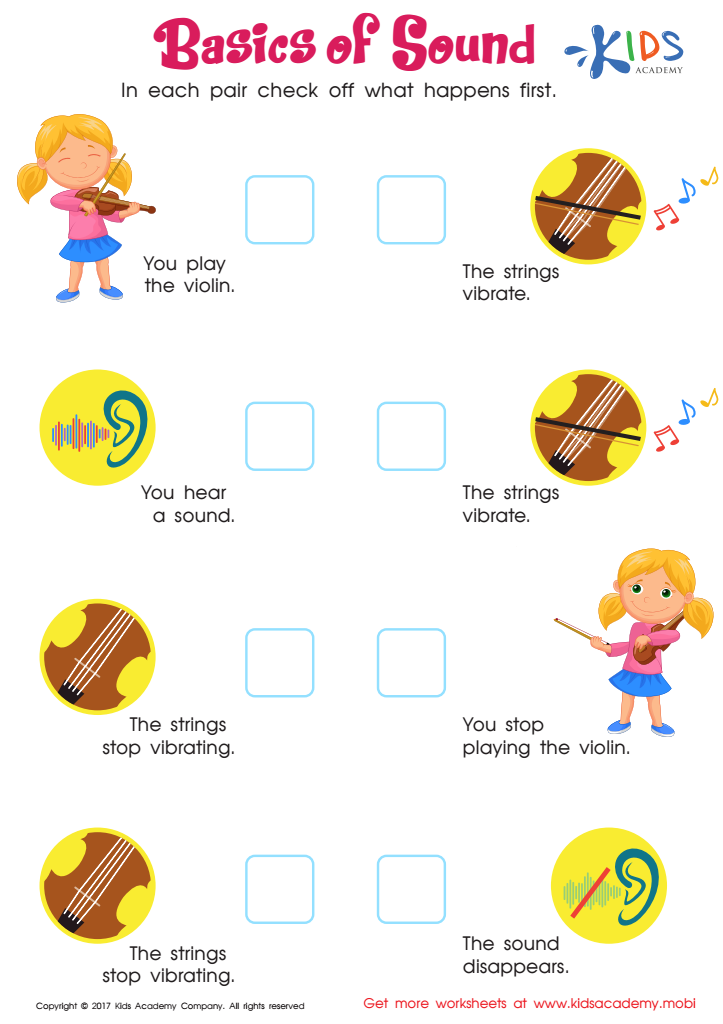

Basics Of Sound Worksheet
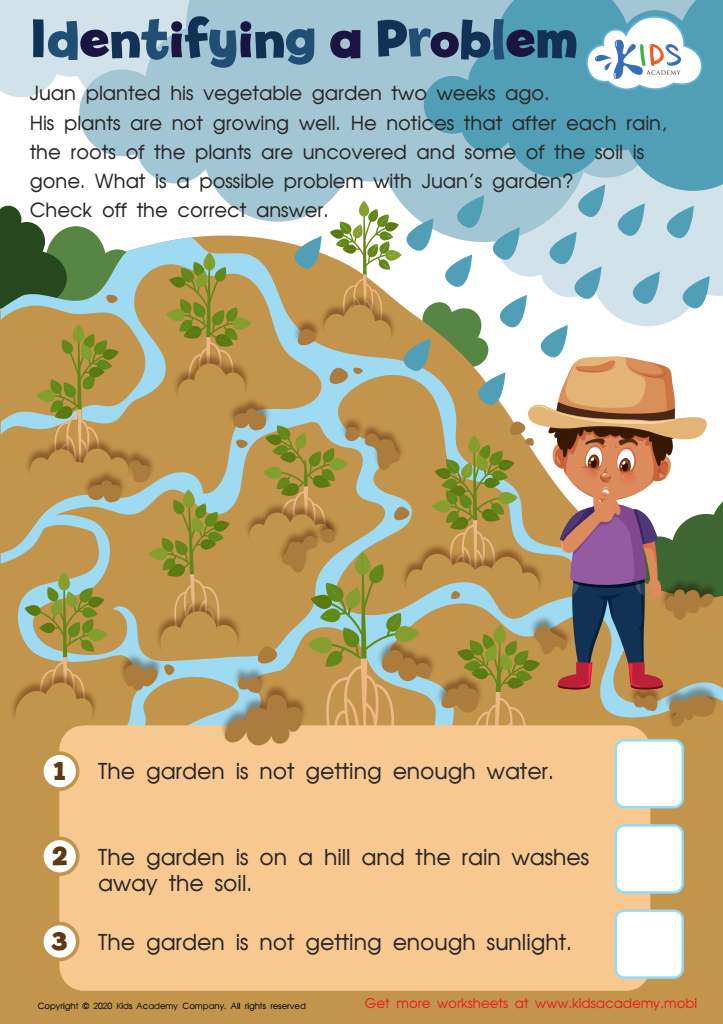

Identifying a Problem Worksheet
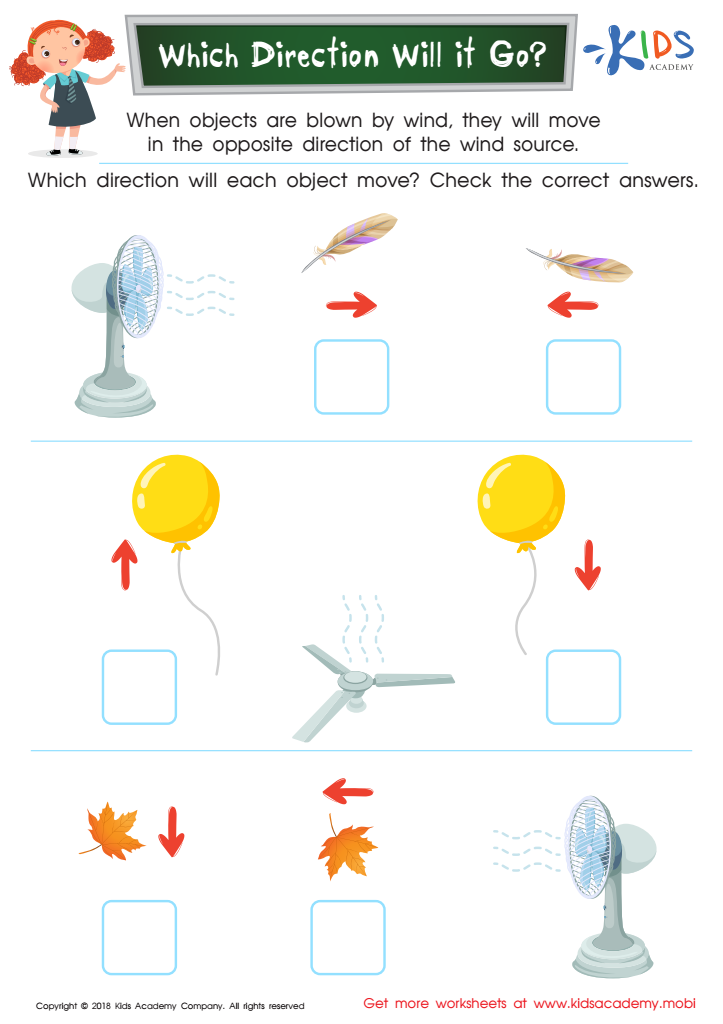

Which Direction Will it Go? Worksheet
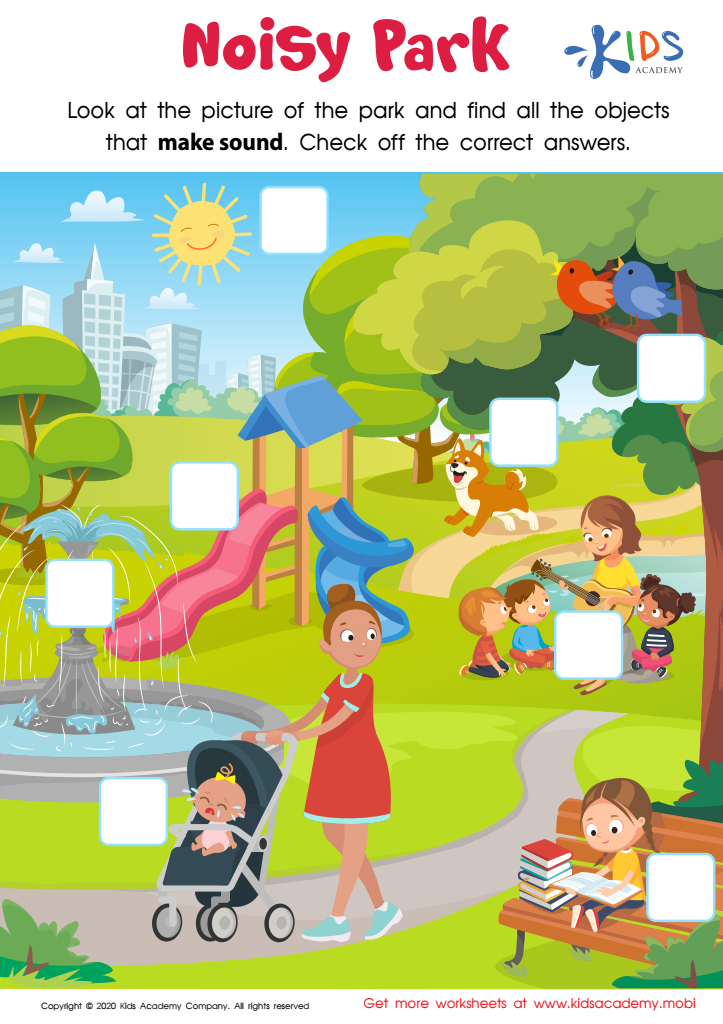

Noisy Park Worksheet


How We Hear Sounds Worksheet
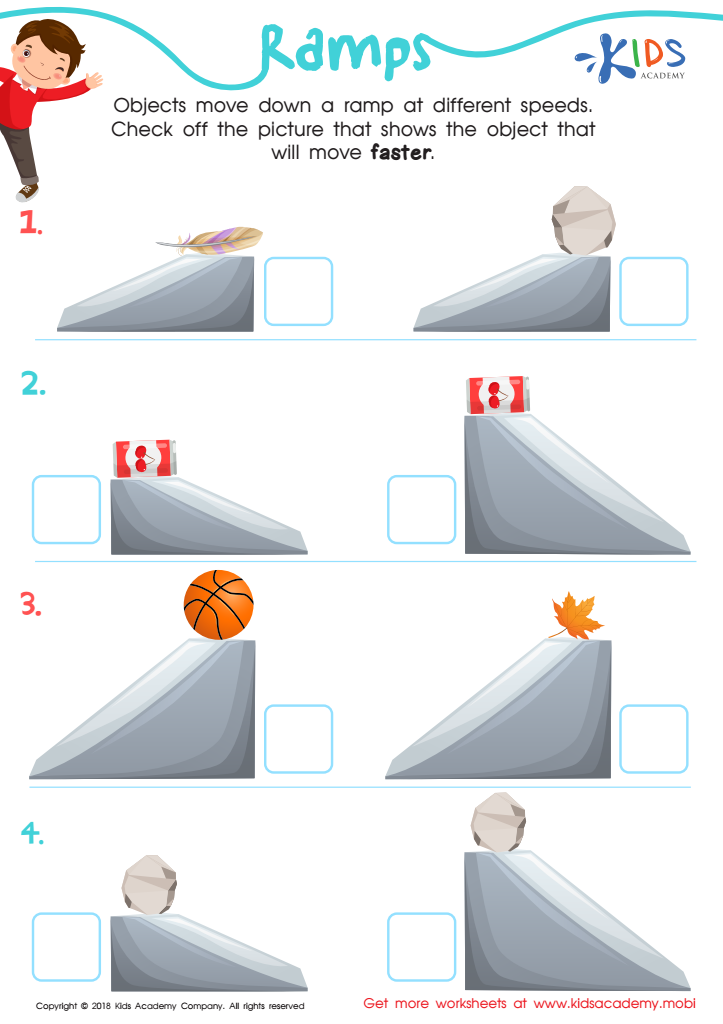

Ramps Worksheet
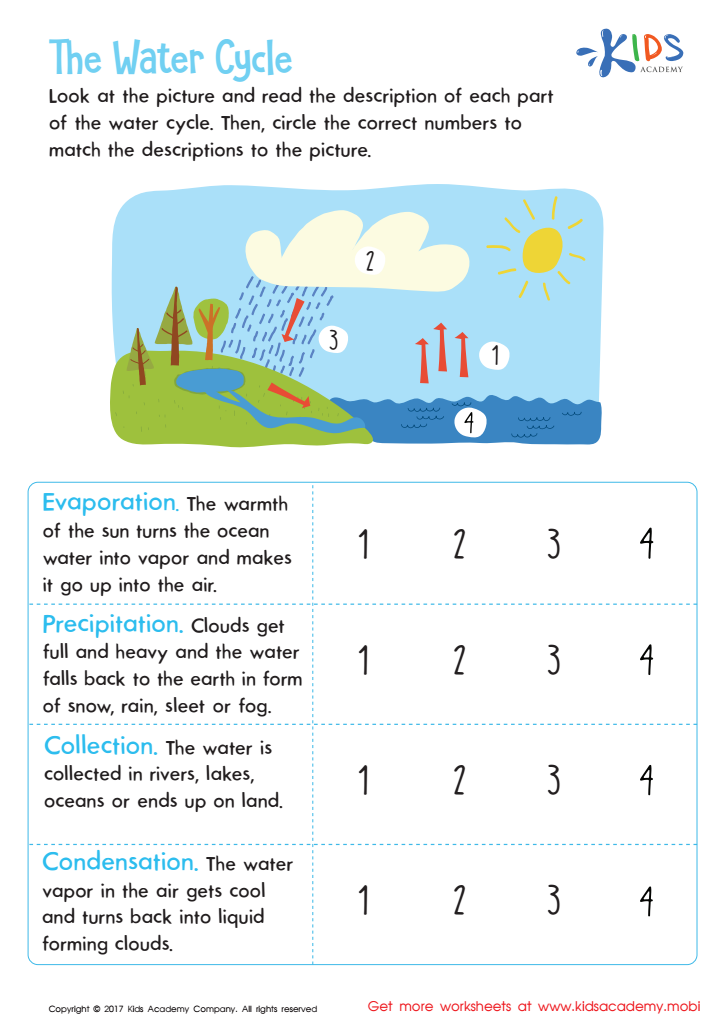

The Water Cycle Worksheet
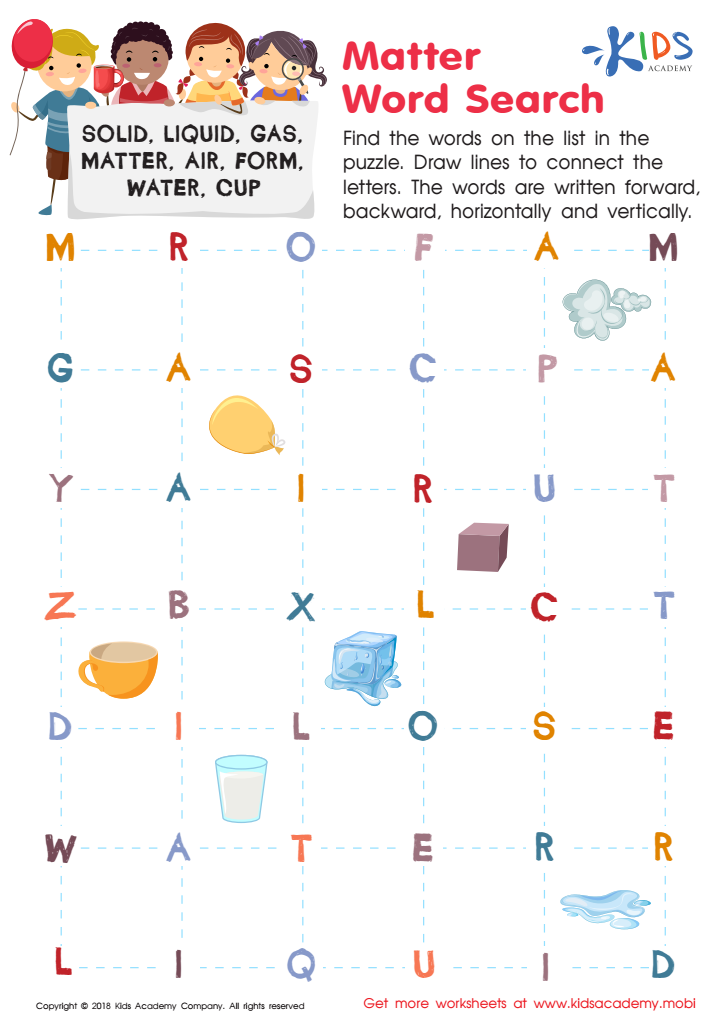

Matter Word Search Worksheet
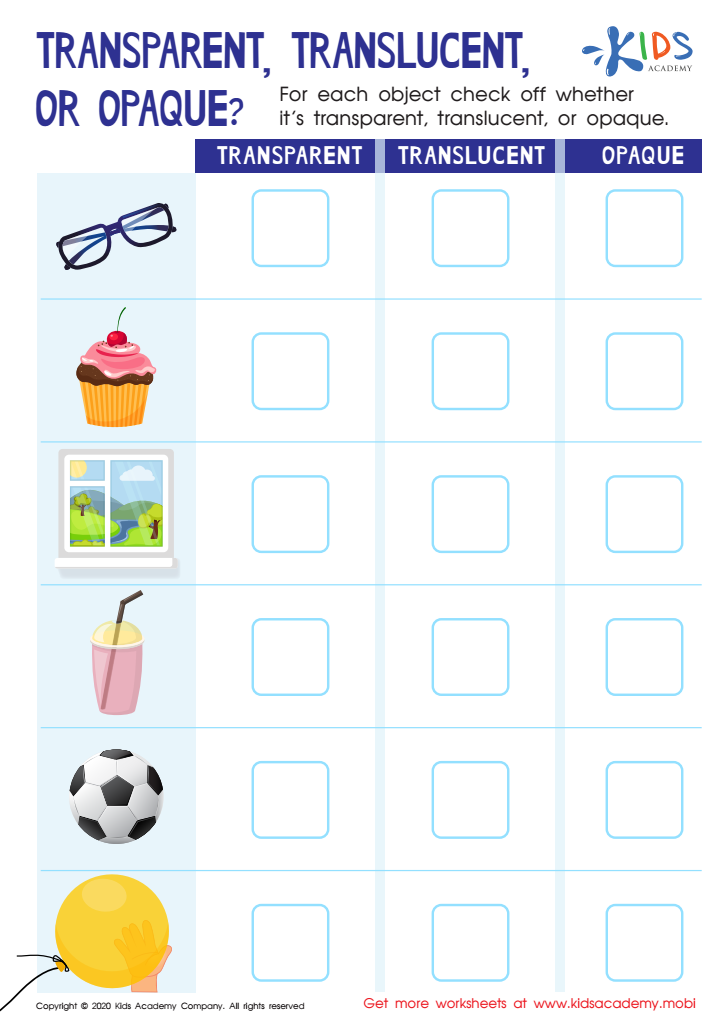

Transparent, Translucent, or Opaque Worksheet
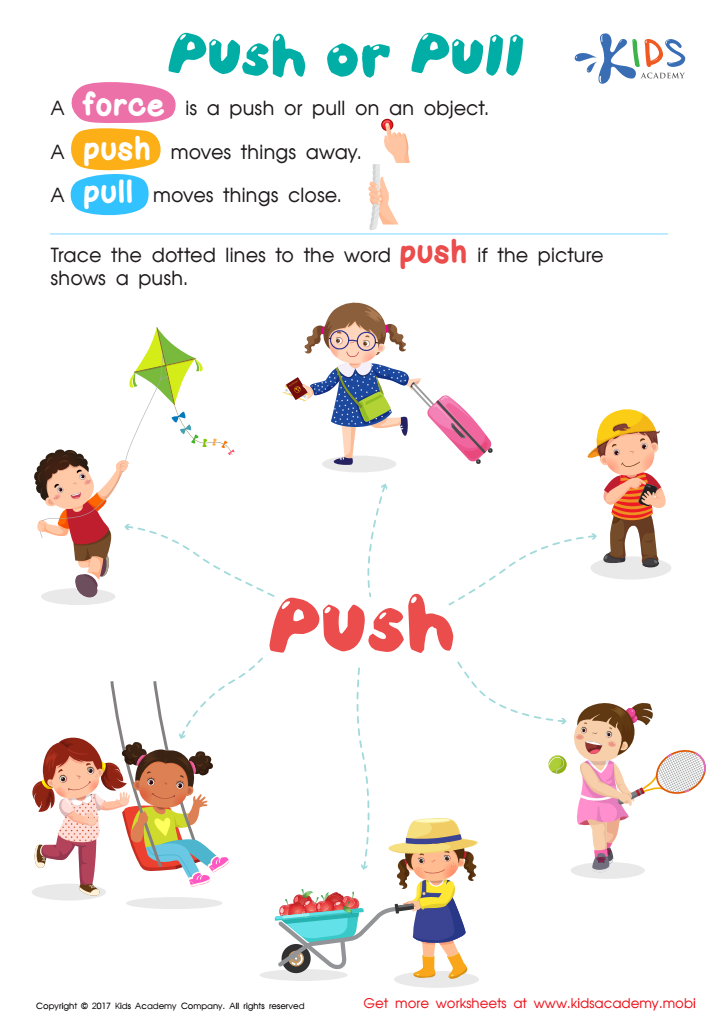

Push or Pull Worksheet
Parents and teachers should care about Physical Science for ages 3-6 because it lays the foundational blocks for critical thinking, curiosity, and problem-solving skills that are essential for lifelong learning. At this young age, children are naturally curious about the world around them, displaying an innate desire to understand how things work. Engaging them with fundamental concepts of Physical Science, such as the properties of matter, forces, and simple machines, helps to harness their curiosity in a structured way.
Introducing science concepts through play-based learning can significantly enhance cognitive and motor skills, allowing children to learn through exploration and experimentation. Activities like building with blocks, observing sounds, or playing with water and sand foster creativity while teaching basic scientific principles.
Moreover, fostering an early interest in science builds confidence and encourages children to ask questions, observe, and make predictions, which are integral aspects of scientific inquiry. By prioritizing Physical Science education for young learners, parents and teachers equip them with the knowledge and skills necessary to navigate their environments and inspire a passion for discovery that can lead to further educational pursuits in STEM fields. Emphasizing these early connections can lead to empowered, inquisitive, and knowledgeable individuals in the future.
 Assign to My Students
Assign to My Students














